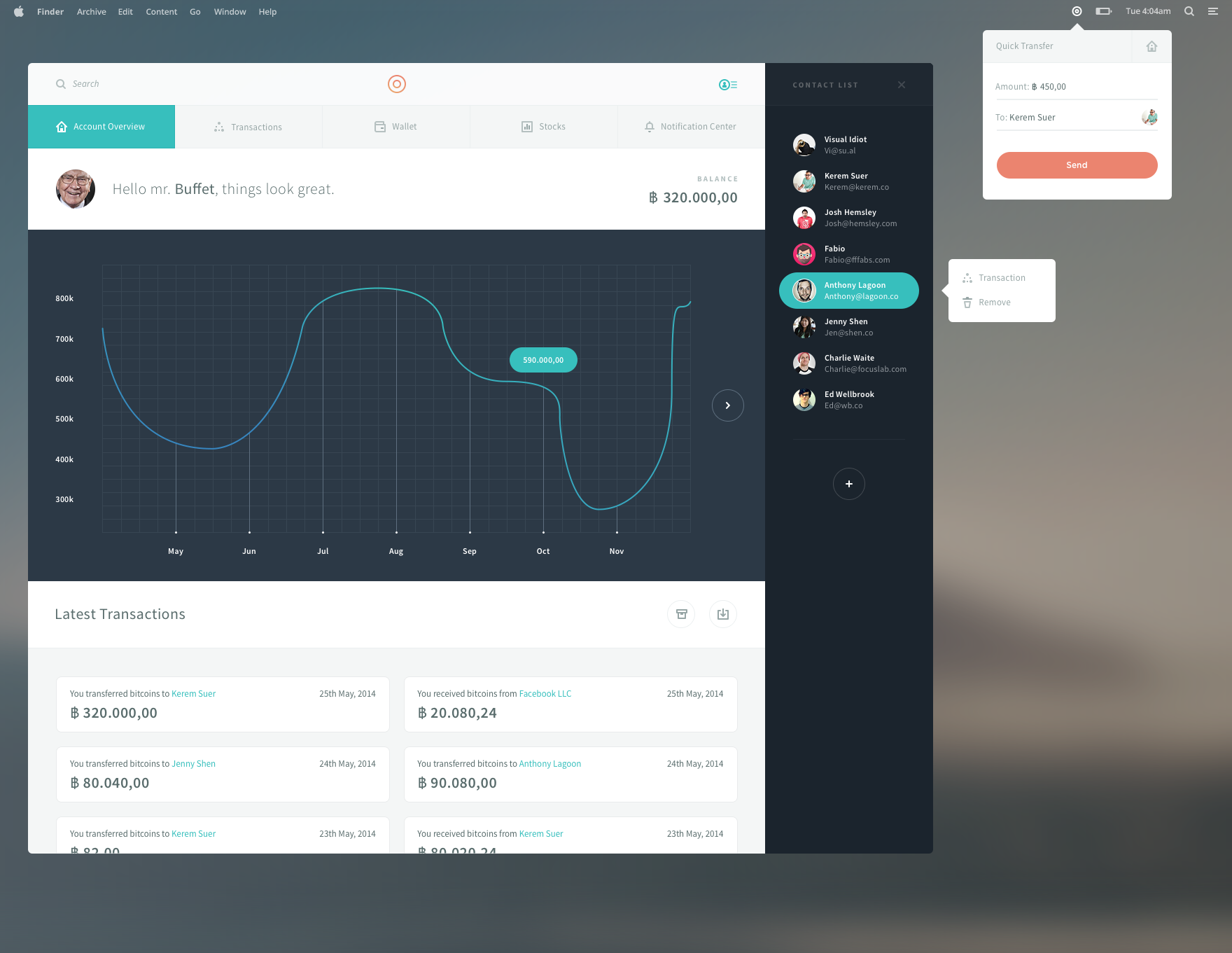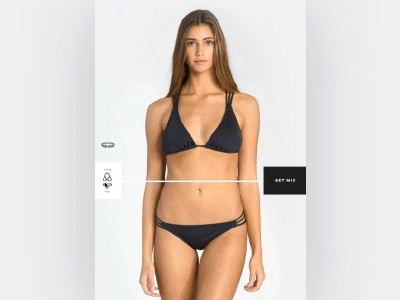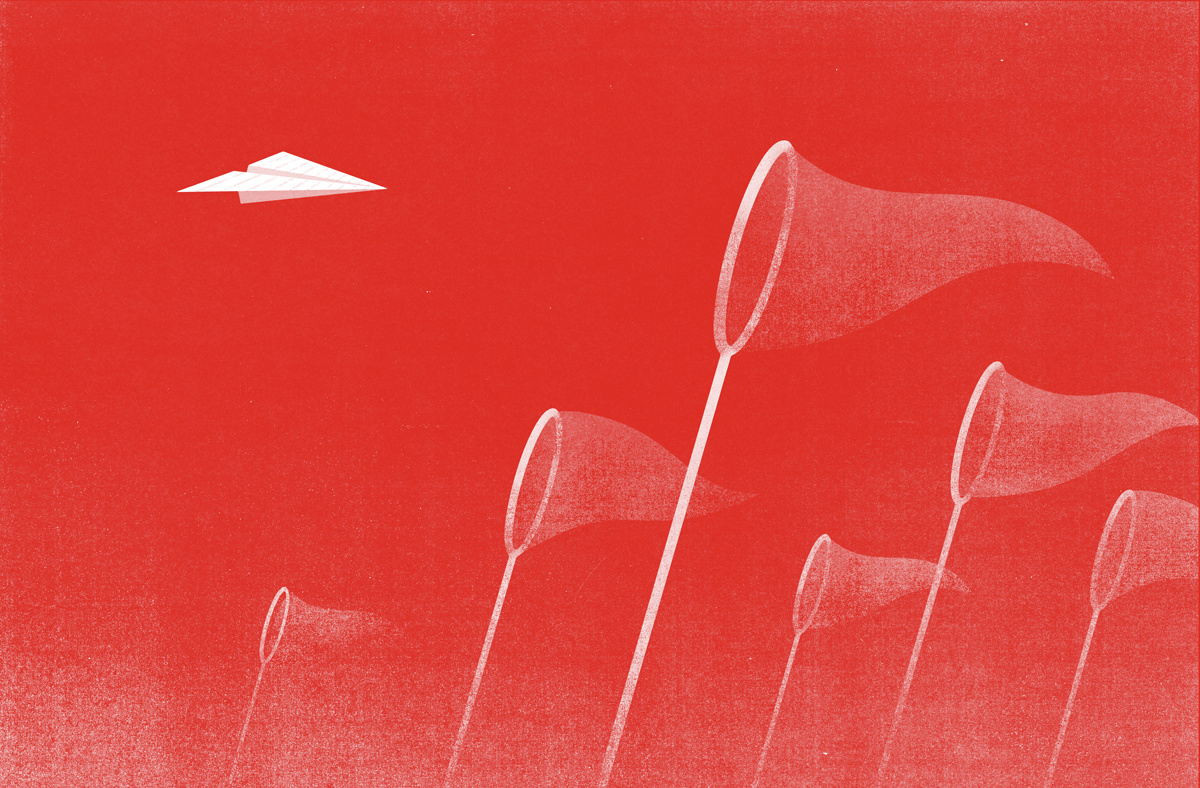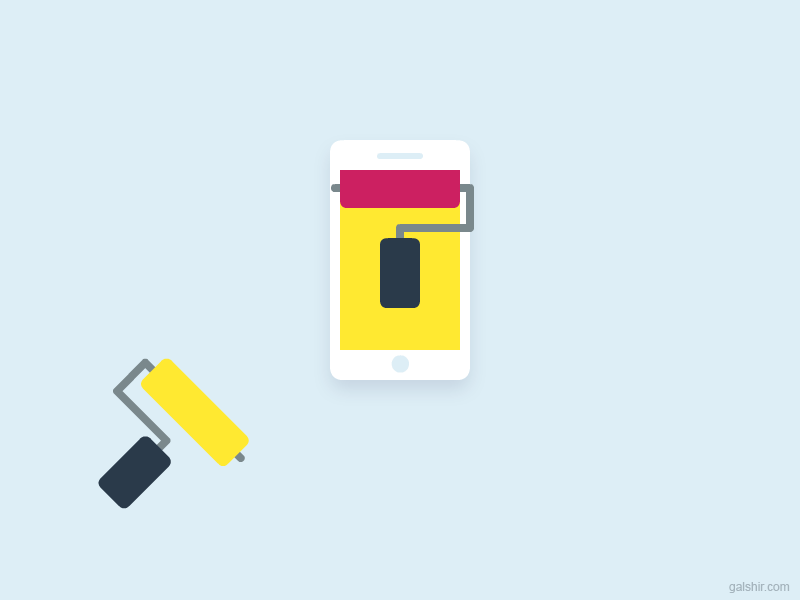The end-user doesn’t care how smart the creator or designer is; all that he cares about is the output that proves useful to him. If a product or message is understood instantly by the viewers, you will have a greater chance of selling the same. For instance, Apple’s white earbuds are self-sufficient in itself.
Visual perception has a lot of power in influencing the human brain; around 80 percent is influenced by sight and the rest 10 percent is by hearing. Surprisingly, people spend only three seconds of their time at the retail shelf. That means that they don’t even see the text, forget reading or understanding it. To add on, the time spent at a digital ad is even shorter. So, why to complicate stuff? Why not just simplify your product, packaging and messaging so as to render more memorable communication?

Try to represent your business in pictures from the outset as it will make your brand stand out. Product development is vital for the long-term gains for almost all the businesses. Thus, it makes sense to invest in development as it opens the door for business growth and profitability. Unfortunately, a lot of budding startup entrepreneurs don’t take the requisite steps while hiring a product design firm.
In order to reduce the risks and keep mistakes at bay, plan your investment and resources with care. Here are some factors to keep in mind-
- Keep in view your product’s overall design, usability and performance advantages.
- Technological possibilities of the new product, fulfillment of its design, resource and production needs.
- A Robust Strategy and Business Plan.
These points will help to evaluate the problems and risks concerned with the product development process. Product development is indeed a very crucial stage and acts as the lifeblood of all the businesses.
1. What Makes a Product?
The product is the cycle of creating, designing and making a new product. It includes an all-encompassing approach to the designing and formation of unique or different products. Product designers play a pivotal role in this process. They devise concepts and explore ideas by uniting art, science, and technology to create real inventions or products that actually come to the use of people. There are numerous product processes that target varied points.
Be it the brainstorming or planning or designing, everything is possible only with the presence of a product designer. The ever-expanding role is enhanced by various digital tools that enable them to communicate, frame, interpret and produce actual ideas. That is the reason you must be particular in hiring people, consider their qualifications and abilities in creating a new product design, as they contribute majorly towards competent product design. The individuals will be from different disciplines and should be able to compromise for the success of the project.
![]()
Product designers mainly deal with the subjective details of product development like customer profile, human elements, product design attributes and the user interface. Especially during the initial stages, it is imperative for all the team members to group together so as to accomplish the goals of the project. Here are some tips to get you started-
2. Be Simple

There is no point in making the problem and the product design complex. The best product designs are those that arise out of simple relationship between function and design. If a designer loads up on design, the customer will feel left out and the ultimate outcome won’t improve the ranking in the market.
The objective of great product design is to gather a maximum number of customers with a user-friendly design that invites them to give it a shot and is simple to work on. At the time of commencing the design stage, make certain that the design team follows the guideline of simplicity so that the design concepts, user interface and human factors can be conveniently imbibed during the later phases of the product development cycle.
3. Intuitive to Use
At the time of packaging, if the product design or even messaging is chaotic, we don’t get exactly what is trying to be conveyed. Our brain doesn’t comprehend and we give up, thus deciding to move on. Clean simple layouts without making it garish make the message bright and clear and can also be easily understood by the user. And why not? It is intuitive. For instance, the tablet is a device that can also be identified as one of the non-tech consumer products.
4. Icons Work
![]()
Agreed, written word is important, but pictures create a major influence especially in these times when consumers are flooded with information. Icons that represent the main elements of your brand or product are good for the memory and instantly recognizable on the shelf or online. We, human beings, have more inclination towards things that we are familiar with and isn’t alienated. It lies in our comfort zone and gives us a sense of security.
5. Visually Strong

Products and packaging work on parallel terms. After you are done planning your product’s features, try incorporating those consumer touchpoints in the packaging too. All in all, the packaging is the one that makes the experience complete and is like a cherry on the cake.
6. Real-World Touch

Budding entrepreneurs forget a major parameter that designing should be done from a real-world perspective. That implies, it is productive to invest time and money while undergoing the process of your new product design development. Yes, innovation and uniqueness are exciting, but the ultimate reward lies in sticking to the path of simplicity and functionality.
7. The Demand

Don’t think that innovation is the best recipe and will lead to success. Sometimes customers are not even demanding extraordinary changes from you. So, it is always advisable to assess and research all the products of the competitors in the market to analyze which design attributes will make the product shine and which will make it sink.
After this, of course, you can refine the features to progress and avoid the failures. Study how the similar features are incorporated in product design and gauge how the new features can be added onto. Never ever change the features that are recognizable and mainstream for customers. Customers are very comfortable with the ongoing embodiment of products and are prompt in rejecting any over-the-top design changes.
8. Testing Stamp
As soon as the release of the product design is ready to be introduced, it is good to prototype and tests the design before releasing the design to the engineering team. There are various methods to prototype the design like foam models, rapid prototyping, computer simulations and also functional prototypes.
At the time of testing, including the ones who are not familiar yet interested in the product. The ways for testing are focus groups, informal studies, and on-line surveys. The more the people for interviews, the better are the chances of getting valuable feedback from a diverse group. On receiving the feedback, apply it in your product design to augment the design and meet the needs of the people.
9. Inexpensive Approach
New product design doesn’t imply that you have to burn your pockets to initiate the process. Just break down the overall costs so that you know where to cut off. Assess the breakdown and judge whether it is good to reduce the expenses on product packaging or accessories. Can it be valuable to lessen logistics costs? Step back and evaluate the complete development lifecycle and that’s when you will know where to save on the budget. Don’t mess up with your priorities while trying to save money.
9. A/B Testing for Better Conversion

A/B testing Or Split testing is comparing two versions of a web or app screens to see which one performs better. You compare two screens by showing the two variants (let’s call them A and B) to similar visitors at the same time. The one that gives a better conversion rate, wins!
A/B Testing Steps:
- Study your User Data via Analytics tool
- Try to Observe User Behavior via various kinds of surveys, eyeball tracking or heat map tools.
- Make changes in UI designing.
- Collect A/B testing Data
- Make Post Launch Changes as per A/B testing data.
Learn More About – Guerrilla Usability Testing
Final Word
Be simple, be super. By adhering to the principle of simplicity you can make your products more visual and intuitive. It is up to you to decide which simplifications will make the product easier to use. Include visual cues to make it immediately understandable for the viewers. Remember, being classic and straightforward is the sure-shot way to win the hearts of your customers.
Images Credit –
- www.shutterstock.com
- www.dribbble.com




